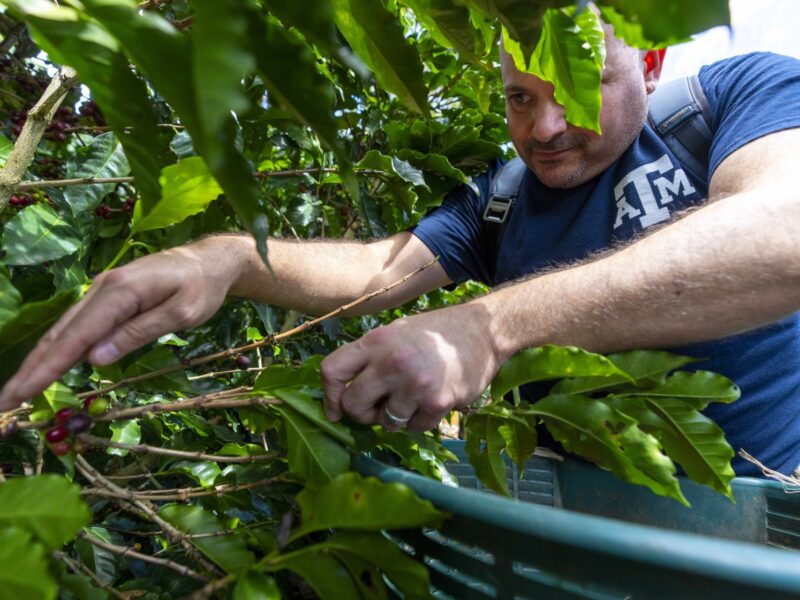How To Keep Your Garden Colorful Through The Summer
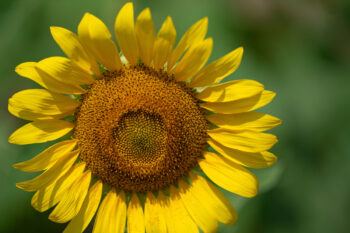
Since April showers did indeed bring May flowers for much of the state, now is the time to think about continuing that color through the rest of spring and the upcoming summer months.
Dr. Larry Stein, a horticulture specialist with the Texas A&M AgriLife Extension Service in Uvalde, shared his advice on what you can do now to ensure beautiful blooms over the next few months.
“It is not too late to sow directly into the soil seeds of sunflower, zinnia, morning glory, portulaca, marigold, cosmos, periwinkles and gourds,” Stein said. “Achimenes, cannas, dahlias and other summer-flowering bulbs can also be planted in May.”
Some other quick flowering advice he offered:
— Allow the foliage of spring-flowering bulbs to mature and yellow before it is removed.
— Pinch back the terminal growth on newly planted annual and perennial plants to get shorter, more compact, well-branched plants with more flowers.
— Plant caladium tubers, impatiens, coleus, begonias and pentas in your yard or garden’s shady areas.
— Experiment with a container of Bougainvillea this summer since it prefers hot and dry conditions. Keep in mind that full sun and a rest period without too much watering are usually necessary before a burst of new blooms.
— Remove your flowers’ dead heads, unless you are collecting seeds.
— Now through early summer, make cuttings of chrysanthemums already established in your garden. Root them in a mixture of sand and peat moss, cover the cutting box with plastic and place in a shaded area for five or six days to prevent wilting.
“Not only does this allow you to increase your number of plants without having to buy new ones,” Stein said, “but it’s also a great way for gardeners to share their favorite flowers with one another.”
Stein said as the weather heats up, moisture will be key to keeping flowers and other garden plants growing. Replace or replenish mulch materials in flower beds and shrub borders to conserve moisture and reduce weed growth.
“During the summer, soil moisture becomes extremely important and essential for good plant production,” he said. “Because continual watering is often costly and time-consuming, it pays to conserve the moisture around plants. This is best done by mulching.”
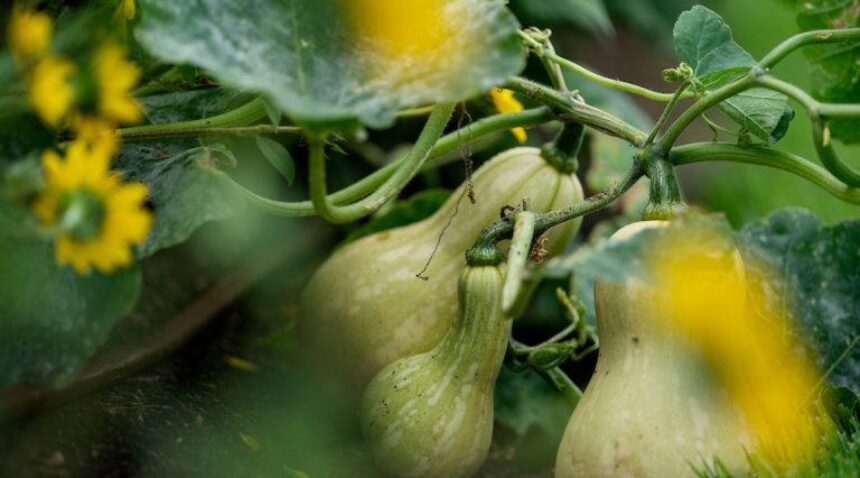
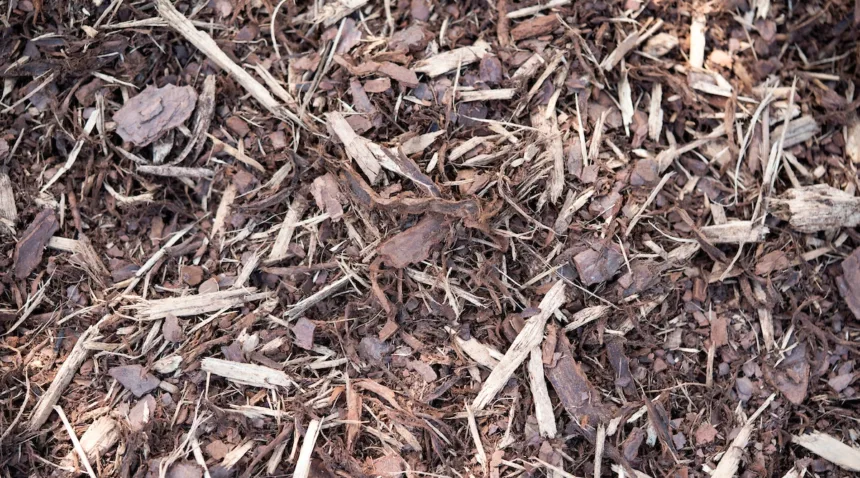
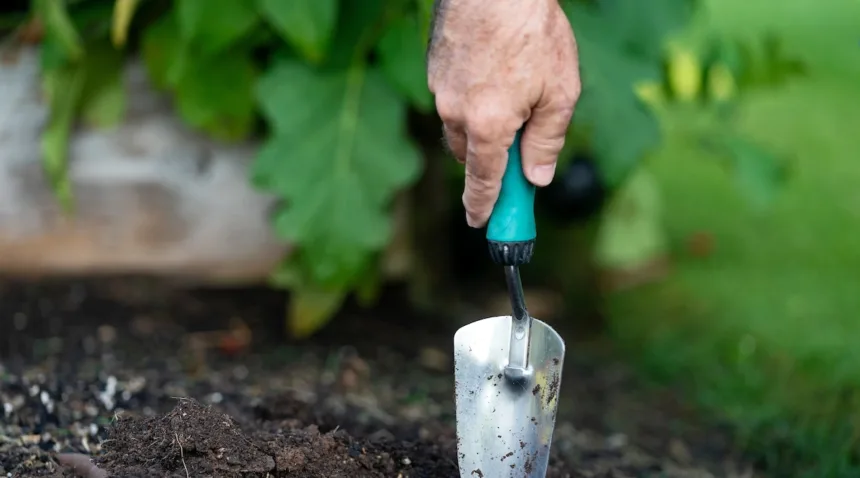
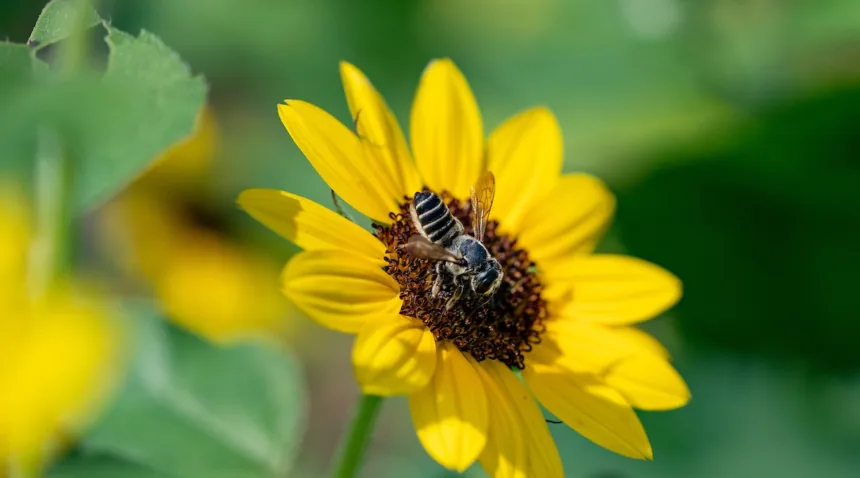
He said a good mulch will retain valuable moisture needed for plant growth and improve overall gardening success. Mulches are usually applied 2-6 inches deep, depending on the material used.
“In general, the coarser the material, the deeper the mulch,” Stein said. “For example, a 2-inch layer of cottonseed hulls will have about the same mulching effect as 4 inches of coastal Bermuda hay or 6 inches of double-shredded hardwood mulch.”
Stein, who is also an associate department head and professor within the Department of Horticultural Sciences in the Texas A&M College of Agriculture and Life Sciences, offered these additional tips for May gardening:
Bud And Graft Trees
Now is the prime time to bud and/or graft trees. Visit the Aggie Horticulture YouTube channel for how-to videos.
Prune Climbing Roses
Prune climbing roses as they complete their spring bloom season. Remove dead or weak wood as needed.
Look At Your Landscape With A Critical Eye
Take a critical look at your landscape while it’s at the height of summer development. Make notes of how you think it can be better arranged, plants that need replacement, overgrown plants that need to be removed and how to create or better utilize activity areas in your yard that can be enjoyed by your family.
Check And Treat For Insects And Disease
Check for insects and diseases, and destroy any badly infested plants. Keep an eye out for spider mites, which can be especially troublesome around this time of year. Select a chemical or organic control or use insecticidal soap to treat infested plants.
Consider Water Timers
Invest in water timers to put out consistent water regularly. Remember that timers are only as good as the person monitoring them; they will eventually fail, and you need to maintain them.
Ask An Expert
AgriLife Extension horticulturists are available statewide to offer advice. Many counties also have a Texas Master Gardener chapter with knowledgeable volunteers. Reach out to the AgriLife Extension office in your county to learn what other tools and educational programs may be available to gardeners. Online courses and the Aggie Horticulture websites are also great resources.
This article by Susan Himes originally appeared on AgriLife Today.


